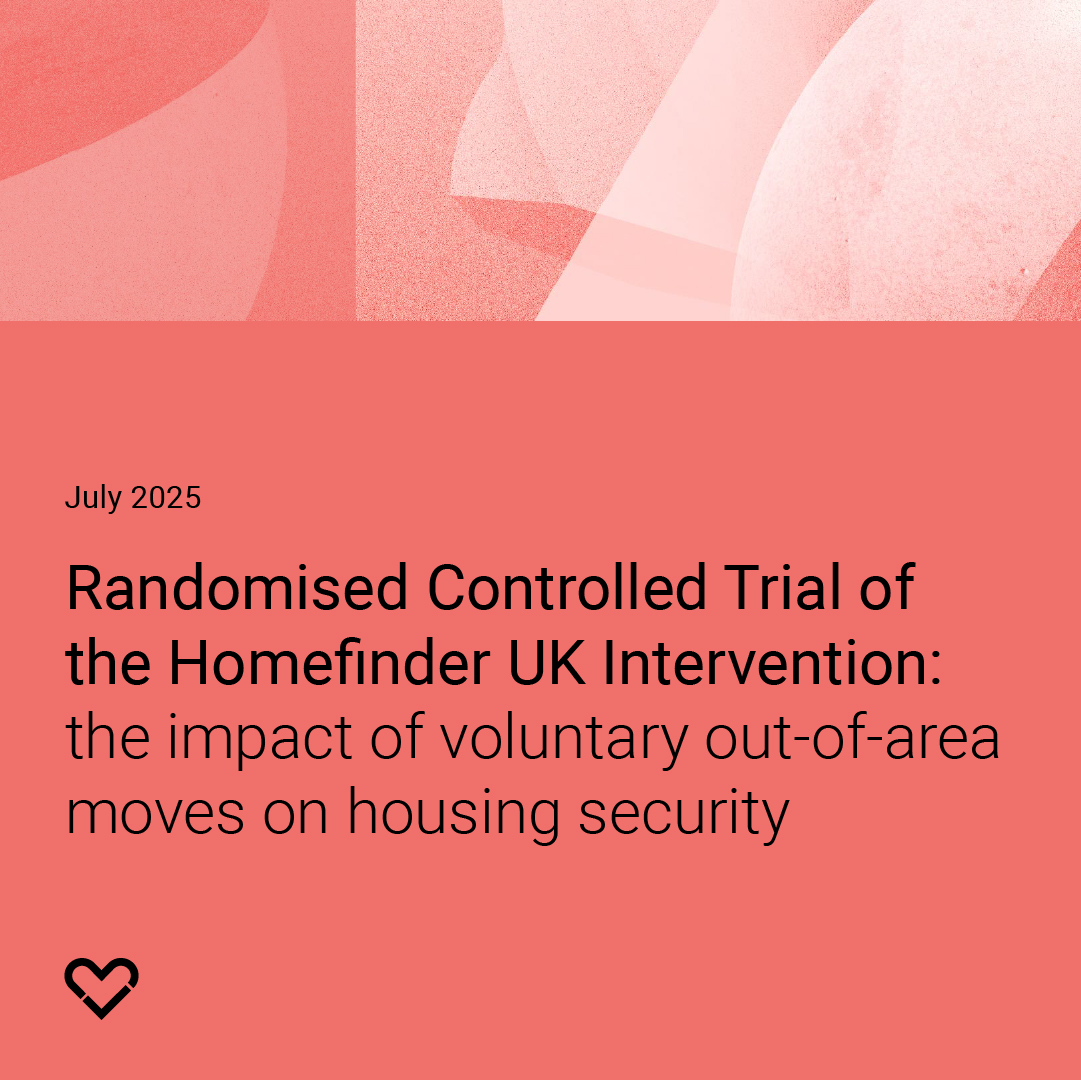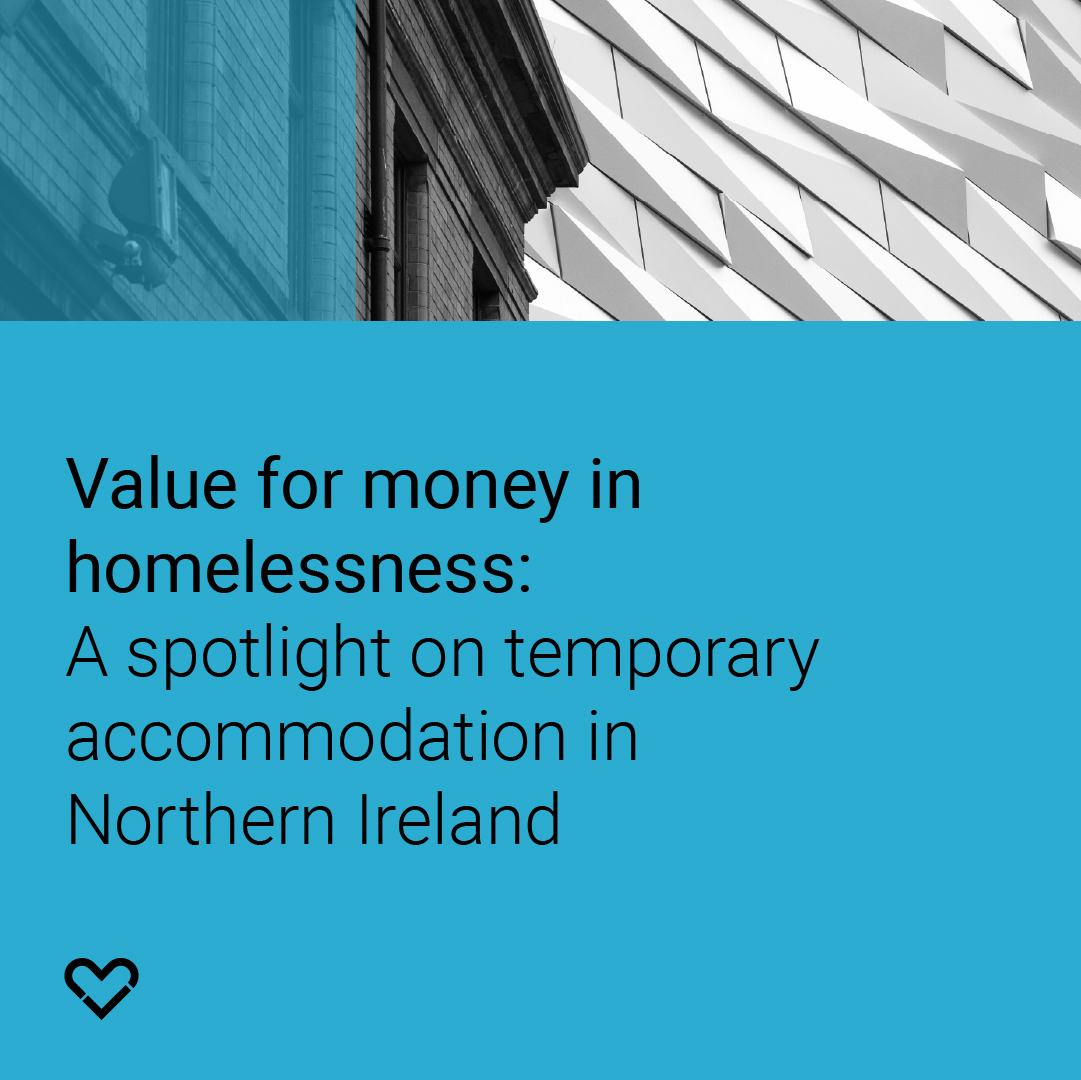Could universities do more to prevent homelessness?
Outline of the study
This policy paper looks at how universities in the UK could do more to help end homelessness. It asks a simple question: could the places where we teach and learn also be places that solve one of our biggest social challenges?
The analysis compares homelessness rates in towns and cities with universities against similar areas without them. It also examines what we actually know about preventing homelessness - and reveals some surprising gaps in our knowledge.
The study explores three main ways universities could make a difference: through better causal research into what actually works, by teaching students evidence-led information about homelessness, and by using their power as major employers and community anchors to create real change in their local areas.
Findings in brief
- University towns and cities experience significantly higher rates of homelessness: homelessness assistance applications to local authorities are 42% higher in university areas (1,428 vs 1,007 per 100,000); households in temporary accommodation rates are more than double (475 vs 218 per 100,000), and rough sleeping prevalence is three times greater (13 per 5 100,000). Similar patterns exist in Scotland and Wales
- The consistently higher absolute number of people experiencing homelessness appears linked to universities' impact on local housing markets, through increased demand from students, academics, and property investment
- The UK homelessness research base is weak by international standards, with only 56 of 562 quantitative evaluation studies published and only five UK randomised controlled trials since 2016, compared to 405 US studies and 99 Canadian studies
- Universities should include homelessness in curriculum content and discuss homelessness in an evidence-based way, to challenge common misconceptions
- Universities employ over 400,000 staff nationally. This offers significant opportunities to support people with experience of homelessness, through inclusive recruitment practices and supported employment models
- Despite 2.7 million UK students and 5.3% undergraduate dropout rates, student homelessness remains under-researched. Recent initiatives have brought more disadvantaged students into higher education, potentially increasing homelessness risks. COVID-19 highlighted that some students were unable to return home and gaps in universities' knowledge about students' housing stability.
Recommendations in brief
- Strengthen the evidence base on homelessness research through evaluating the effectiveness of interventions, recruiting academics from diverse disciplines beyond traditional social policy, conducting more randomised controlled trials and quantitative evaluations, and joining the government-supported Homelessness Research Network to share insights and opportunities
- Review curriculum content to ensure evidence-led discussion of homelessness. This should involve people with lived experience in developing and delivering content, using non-stereotyping language and images in teaching materials
- Develop inclusive recruitment practices that support people with homelessness experience
- Use property estates to expand social housing supply and test new supported tenancy approaches
- Monitor students' housing status and research homelessness amongst students
- Develop targeted support for students experiencing homelessness, including direct financial assistance and accommodation options during summer breaks for vulnerable students
- Explore implementation of institutional approaches, such as University of Glasgow's multi-year homelessness initiative, which employs dedicated coordinators and engages senior management in research, teaching, community engagement, and student support.
- Scale up evidence-based volunteering opportunities for students and staff that focus on homelessness prevention, and use universities' convening power to test and evaluate new place-based interventions, in partnership with people with lived experience of homelessness
- Ensure admissions processes are open to students with experience or homelessness or at risk of homelessness.





.jpg)

